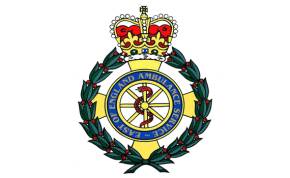
As some people will have seen on the news, the number of cases of Monkeypox in the UK has risen in recent days.
While some of the cases of Monkeypox have been identified in people who have travelled abroad, this is not the case for all the patients.
Monkeypox is a viral infection usually associated with travel to West Africa. It is usually a mild self-limiting illness, spread by very close contact with someone who has monkeypox and most people recover within a few weeks. The virus does not usually spread easily between people and the risk to the UK population remains low.
Staff should continue to wear standard PPE for patient contacts. If you suspect a patient has any signs or symptoms of Monkeypox, you should wear HCID PPE which includes:
Initial symptoms of monkeypox include fever, headache, muscle aches, backache, swollen lymph nodes, chills and exhaustion. A rash can develop, often beginning on the face, then spreading to other parts of the body including the genitals.
The rash changes and goes through different stages, and can look like chickenpox or syphilis, before finally forming a scab, which later falls off.
More information, including regular updates from the UKHSA, can be found on the Gov.Uk website:
https://www.gov.uk/government/news/monkeypox-cases-confirmed-in-england-latest-updates
The Gov.Uk also details case definitions to inform testing and reporting of suspected monkeypox cases.
Monkeypox: case definitions - GOV.UK (www.gov.uk)
Any confirmed cases of Monkeypox that need to be transported from a hospital within the East of England to a specialist centre would normally be completed by HART.
Updated Saturday 21st May 2022